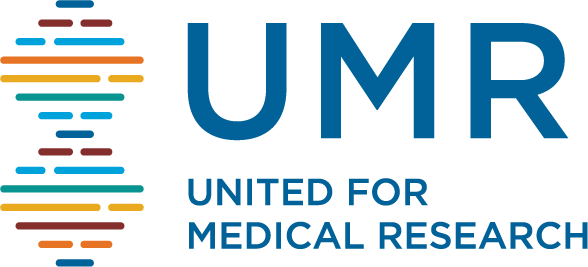
May 17, 2012
Summary
Leadership in Decline: Assessing U.S. International Competitiveness in Biomedical Research was published jointly by the Information Technology & Innovation Foundation (ITIF) and United for Medical Research.
The United States’ leadership in the global life sciences industry is under threat due to a constant dollar decline in NIH biomedical research funding and intensifying global competition from countries such as China, Germany, Singapore, Sweden and the United Kingdom. In recent years, these countries have both expanded their financial support for biomedical research and enacted policies to enhance their biomedical innovation ecosystems. This report compares the U.S. to other countries that, despite tough economic times, are increasing their support for medical research.
KEY FINDINGS
- If present trends continue, China’s financial commitment to biomedical research will be twice that of the United States’ in the next five years (and four times greater as a share of GDP);
- Growth in high-wage, high-skill jobs in the life sciences sector is flat-lining in the United States, while employment in other countries, like Germany and France, shows consistent growth;
- The United States accumulated a $136.7 billion trade deficit in pharmaceutical products over the last decade, a period when many competitors realized increasing trade surpluses;
- The United States’ share of global biopharmaceutical patents and overall industry output is shrinking, while China’s continues to expand in these areas; and
- China already has more gene sequencing capacity than the entire United States and about one-third of total global capacity.
